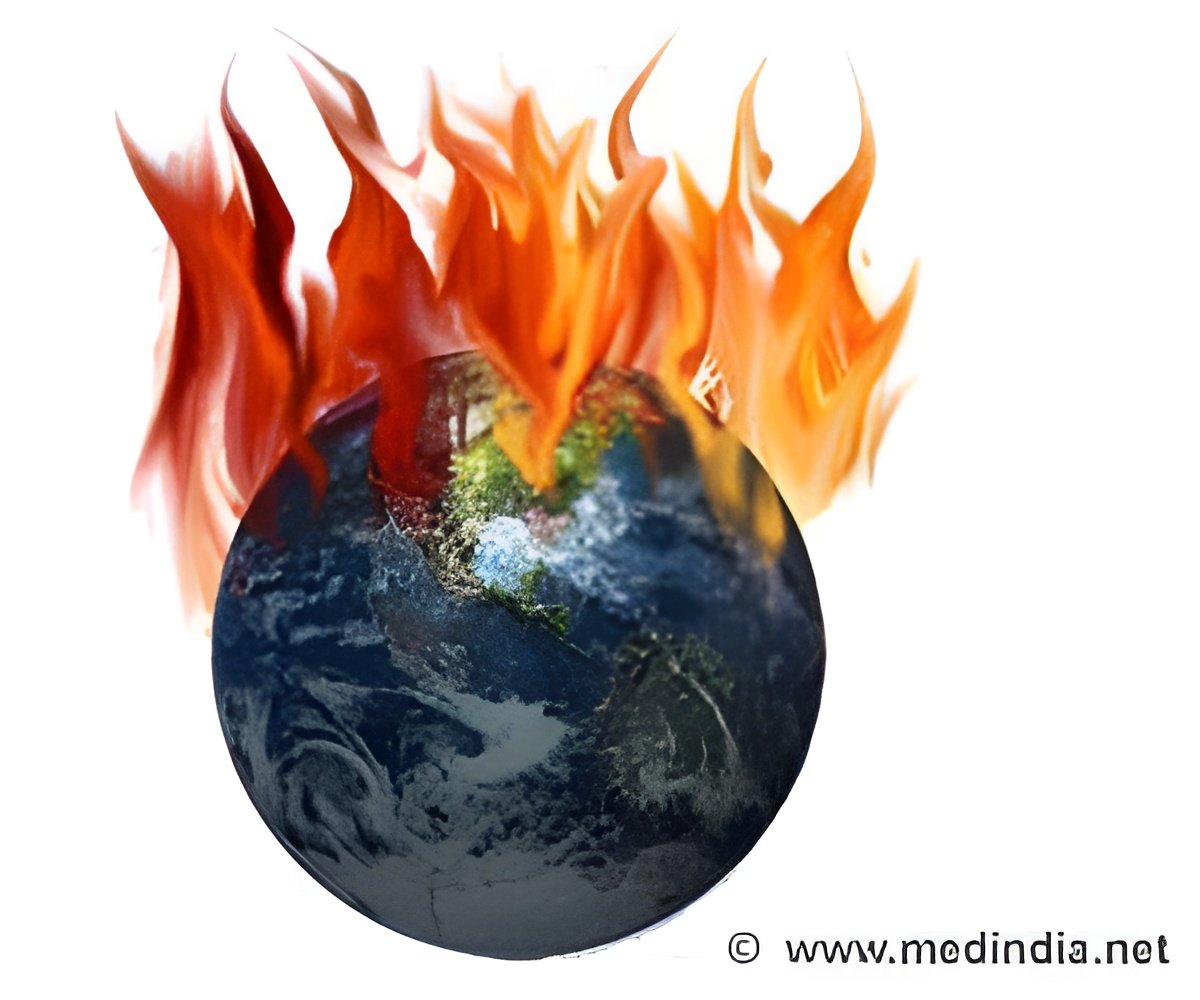
Microplastics have now been documented in all five of the ocean's subtropical gyres – and have even been detected in Arctic sea ice – with some of the highest accumulations occurring thousands of miles from land. These plastic bits have been found in organisms ranging in size from small invertebrates to large mammals, and are known to concentrate toxic chemicals already present in seawater. This raises concern about the potential consequences to marine organisms.
"Our scientific understanding of this environmental problem is accelerating rapidly, with many new research efforts that go well beyond simply documenting the presence of plastic in the ocean," said Professor Law, who led a 2008 paper in Science describing widespread plastic contamination in the North Atlantic Ocean from more than 25 years of data collected by Sea Education Association faculty and undergraduate students during SEA Semester study abroad voyages.
Most studies of ocean microplastic focus on the debris that floats at the sea surface, but this leaves other potential collections of plastic unaccounted for.
"Major unanswered questions remain about the amounts of microplastic debris that might be accumulating on the seafloor," said Professor Thompson, whose 2004 paper in Science first coined the term 'microplastics'. "We also know very little about where, geographically, are the largest inputs of plastic to the marine environment."
Despite open questions such as these, the authors say that microplastics are already something to worry about, and that efforts are needed to divert the source of this debris away from the ocean, or to "turn off the tap". This was the message that Professor Thompson delivered to Senator John Kerry last month at the US State Department's Our Oceans Conference: Marine Pollution.Both say that plastic waste should be viewed as a valuable resource to be captured and re-used, which would simultaneously reduce the amount entering the environment.
Advertisement
"We have been conducting an unintended experiment with the addition of large amounts of this man-made material into the environment," said Law. "But this is a solvable problem. By each of us making small changes in our daily habits – by carrying reusable water bottles and coffee mugs, for example – we can collectively reduce our dependence on 'disposable' items that might ultimately be lost to the environment."
Advertisement








